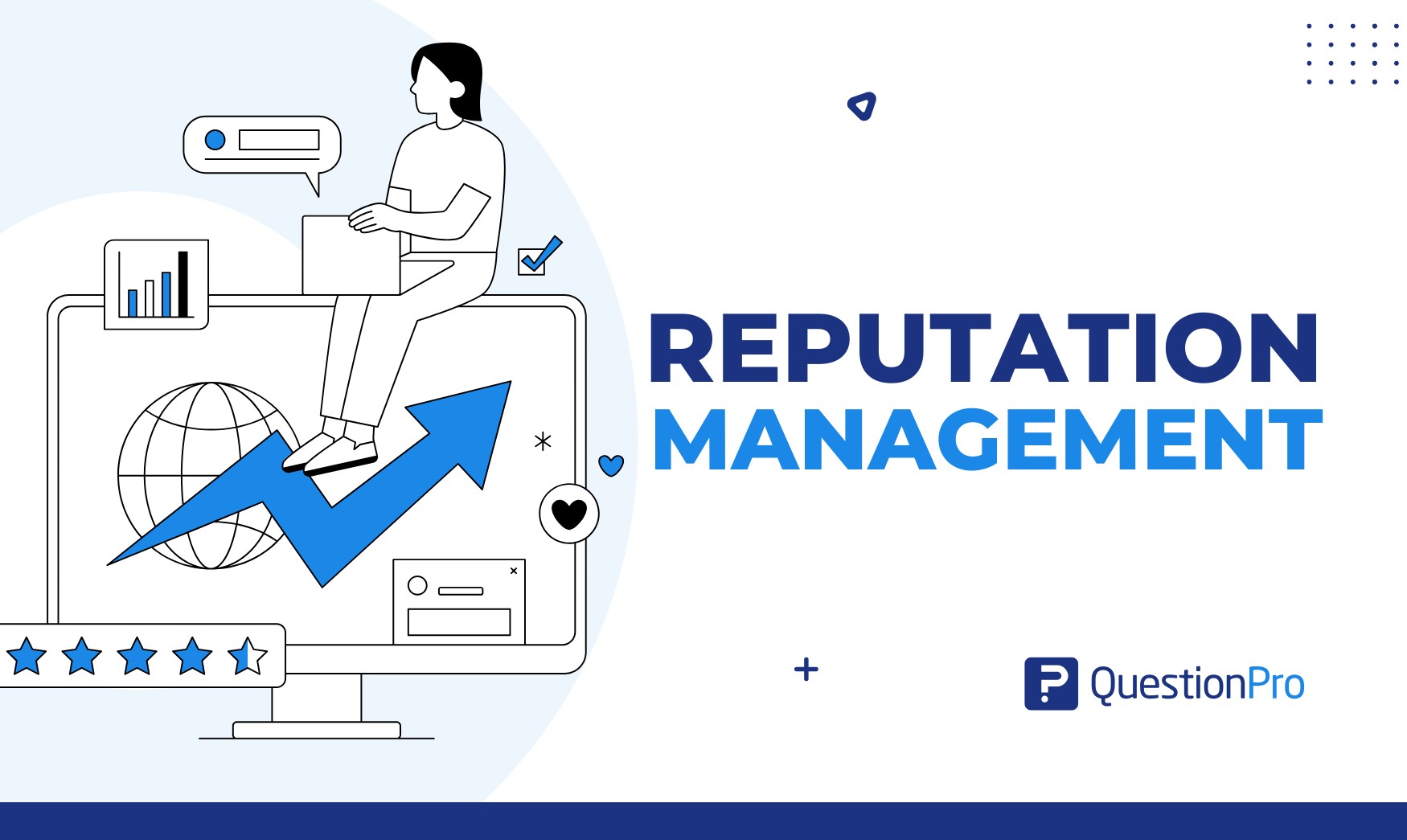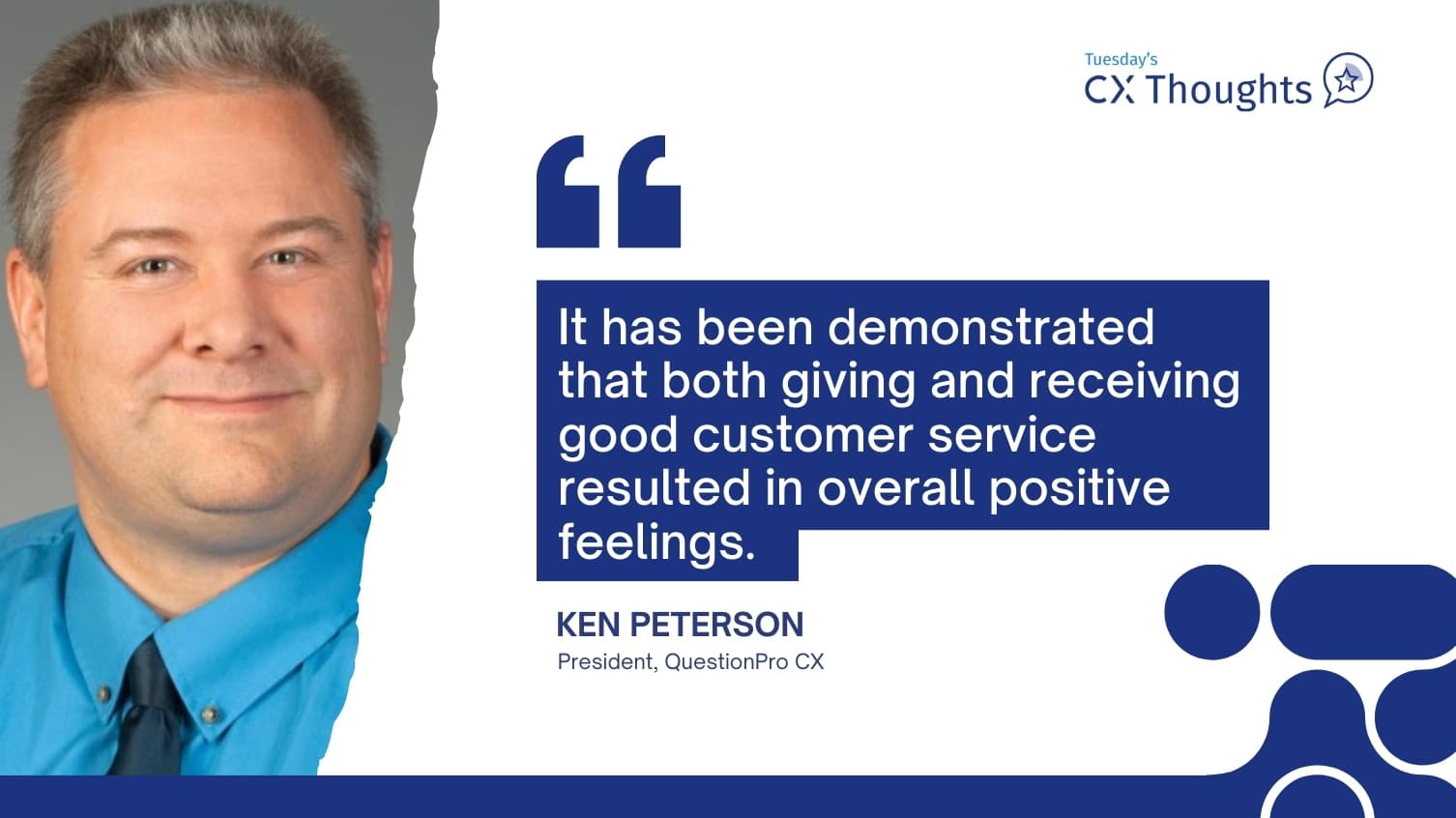
A single online review or social media comment can shape how people see your business. Imagine potential customers searching for your brand and finding nothing but glowing reviews and positive mentions—sounds ideal, right? But what if they get negative feedback or damaging information instead? Reputation management covers all these things in a beneficial way for you.
Protecting your brand’s image isn’t just about responding to reviews; it’s about creating an environment where your brand is trusted, respected, and ready to face any challenges.
In this blog, we’ll explore the steps you can take to shape and protect your brand’s reputation actively so you can control how people see your business, even in a world that never stops talking.
What is Reputation Management?
Online Reputation Management (ORM) is the process of monitoring and managing how a person or organization is seen online. It’s about guaranteeing that when people search for you, they find content that reflects your values, beliefs, and overall brand identity.
ORM involves tracking mentions of your name or brand across different online platforms—like social media, search engines, and review sites—and responding to comments or feedback in a way that helps improve or protect your image. This means addressing both positive and negative feedback thoughtfully and strategically.
The main goal of ORM is to assure that a person’s or company’s online reputation matches what they want: building trust, promoting a positive brand or handling any potential damage to their reputation. It also includes working on things like improving search engine rankings and handling negative reviews or content that could hurt your image.
Why is Reputation Management Important for Your Brand?
Here’s why reputation management is so important for your brand:
1. First Impressions Matter
When people search for your brand online, the first thing they’ll see is what comes up in search results, social media posts, and reviews. If they find positive reviews, helpful information, and a professional image, they’ll feel more confident about doing business with you.
2. Builds Trust and Credibility
A good reputation builds trust. When customers or clients trust your brand, they’re more likely to choose your products or services over competitors. Positive reviews, consistent communication, and a transparent online presence show that you care about your customers’ experiences and are reliable. This trust is a critical factor in creating long-term relationships with your audience.
3. Helps You Stand Out from the Competition
In a crowded market, your brand’s reputation can set you apart from the competition. If your reputation is solid, people are more likely to pick you over others, even if you have similar products or services. Positive word-of-mouth, glowing reviews, and social media endorsements can all help you shine brighter than your competitors.
4. Improves Customer Loyalty
When your customers feel that their voices are heard and they see that you respond to feedback—whether it’s positive or negative—they’ll feel valued. Reputation management allows you to:
- Engage with your customers
- Solve their problems and
- Show that you care
This kind of customer interaction can build customer loyalty and encourage repeat business.
5. Protects You from Online Criticism
Reputation management helps you stay on top of negative reviews, bad press, or complaints. Responding quickly and professionally to criticism can turn a negative situation into a positive one.
How to Protect Your Brand’s Reputation
To protect your brand’s reputation, take proactive steps to monitor and manage how others perceive your business. Here are some strategies to consider online reputation management services:
1. Deliver Quality Products and Services
The best way to build a positive reputation is by consistently delivering quality. Make sure your products and services meet or exceed customer expectations. A strong foundation of quality work speaks for itself and naturally builds goodwill with customers.
2. Monitor Online Mentions
Use online tools to track mentions of your brand on social media, review sites, and blogs. Being aware of customer comments or issues gives you the chance to respond quickly and shows that you care about customer feedback.
3. Encourage Positive Reviews
Encourage satisfied customers to leave reviews on platforms like Google, Yelp, or social media. Positive reviews can help balance out any occasional negative feedback and show potential customers that others trust you. You can even send follow-up emails after a purchase, asking customers to share their experiences.
4. Respond to Negative Feedback Gracefully
No brand is perfect, and negative feedback is important. When you receive a complaint, respond calmly and professionally. Acknowledge the customer’s concern, apologize if necessary, and offer to make it right. This approach shows that you value customer feedback and are willing to improve.
5. Build a Strong Social Media Presence
Social media is a powerful tool for managing your brand’s reputation. Regularly post valuable, engaging content that reflects your brand’s values and voice. Interact with your followers, respond to their comments, and keep a consistent tone. Social media is a great way to build a direct connection with your audience.
6. Use SEO to Control Search Results
Search engine optimization (SEO) can help ensure that positive content about your brand appears at the top of search results. By optimizing your website, blog posts, and other content with relevant keywords, you can push down any potentially negative information that may appear online.
7. Be Transparent and Honest
Honesty goes a long way in building trust. If your company makes a mistake, admit it and address the issue openly. Avoid trying to cover up or downplay problems. Transparency and honesty show customers that you’re responsible and trustworthy, which can help protect your reputation even in challenging situations.
Red Flags to Watch Out For When Managing Your Reputation
Here are some common red flags to watch out for:
- Fake Reviews: Some services create fake positive reviews to make brands look better. This is unethical and can damage trust if customers find out.
- Keyword Stuffing: This involves overloading keywords in content to manipulate search rankings, which is penalized by search engines.
- Hidden Links and Invisible Text: These tactics involve hiding keywords or links within a webpage, which can hurt your SEO and reputation if discovered.
How to Create a Reputation Management Strategy
Creating a solid business reputation management strategy is key to ensuring that your brand or personal image stays positive and strong online. It’s about being proactive, staying on top of what’s being said about you, and handling issues before they get out of hand. Here’s a simple, step-by-step guide to help you create an effective reputation management strategy that works:
1. Monitor What’s Being Said About You
The first step in reputation management is knowing what people say about you online. This means regularly checking:
- Social Media: Look at mentions of your brand or name on platforms like Facebook, Twitter, Instagram, and LinkedIn.
- Review management: Keep track of what’s being posted on review sites like Google Reviews, Yelp, or industry-specific platforms.
- Search Engines: Google yourself or your business regularly to see what comes up in search results.
- Blogs & Forums: Sometimes, people share their opinions or experiences on blogs or online forums. Make sure you’re aware of these discussions too.
Tools available, like Google Alerts or social listening tools (like Brand24 or Mention), will notify you whenever your name or brand is mentioned online, making it easier to stay on top of things.
2. Respond to Feedback—Good or Bad
Reputation management is about engagement. When people leave positive reviews or comments, make sure to thank them. This shows you appreciate their support.
Respond quickly and professionally to negative feedback. Don’t ignore bad reviews or comments—this can make the problem worse. Address the issue politely, offer solutions, and show that you care. Sometimes, a simple apology and explanation can turn an unhappy customer into a loyal one.
3. Promote Positive Content
To balance out any negative comments or reviews, you should actively share positive content that reflects your values and strengths. This could include:
- Customer Testimonials: Ask happy customers for reviews or quotes you can use on your website or social media.
- Case Studies: Share stories of how your product or service helped someone.
- Blog Posts & Articles: Create content that positions you as an expert in your field. This will help lower any negative content in search results.
- Social Media Posts: Highlight positive interactions, behind-the-scenes looks, or the great things your company is doing.
The more positive content you create and share, the better your brand’s reputation will look to others.
4. Fix What’s Broken
If you find negative content or reviews that could harm your reputation, it’s time to take action. Here’s how:
- Reach Out: If someone posted a negative review or comment about you, reach out to them to discuss the situation. Try to resolve the issue privately, if possible. A good resolution can sometimes lead to them updating or removing the negative post.
- Request Removal: In some cases, you may be able to get harmful or inaccurate content removed from websites or social media platforms, but this can be tricky. Always follow the platform’s guidelines.
- Correct Misinformation: If you spot any false information, politely correct it with facts. You can leave a comment or even publish a blog post to set the record straight.
5. Engage with Your Community
Building a strong relationship with your audience is essential for long-term reputation management. Regularly engage with your followers, customers, or clients by:
- Replying to Comments: Show that you care about what your audience thinks by responding to their questions and comments.
- Running Polls or Surveys: Get feedback from your customers about what they think of your product or service, and make improvements based on their input.
- Sharing User-Generated Content: Encourage customers to share their experiences with your brand and then share those posts on your social media. This helps build trust and shows others that people are happy with your business.
6. Monitor Your Reputation Regularly
Reputation management is an ongoing process. You can’t just set it and forget it. Keep monitoring your brand’s online presence regularly to catch any issues before they escalate. Set aside time each week to check in on your reviews, social media mentions, and search engine results. A reputation management company like Google Alerts, Mention, or Hootsuite can help you track mentions without having to manually search.
7. Be Transparent and Authentic
People appreciate honesty. If you make a mistake, own up to it. Don’t try to cover it up or shift the blame. A sincere apology and a clear plan to fix things will earn respect from your customers. Being authentic and transparent can actually strengthen your brand’s reputation, even when you’re dealing with challenges.
8. Get Help If You Need It
If reputation management feels overwhelming, don’t hesitate to bring in professionals. Many agencies specialize in ORM (Online Reputation Management) and can help you create a strategy, handle negative reviews, and boost positive content. They can provide the expertise and tools you might need to manage your reputation more effectively.
Best Online Reputation Management Software
We have created the following list based on the popularity and potential that the reputation management firms offer to their users. We know that you will find the right one for your needs.
1. QuestionPro CX Reputation
QuestionPro CX Reputation offers advanced online reputation management tools customized to businesses of all sizes. With a rich suite of features, including sentiment analysis, review monitoring, and feedback-gathering capabilities, QuestionPro CX empowers organizations to gain valuable deeper insights into customer journey sentiments.
2. Podium
Podium changes how businesses manage their brand’s online reputation by providing an all-in-one platform for review management, customer feedback, and communication.
3. BirdEye
BirdEye offers a comprehensive suite of reputation management solutions to help their online presence and reputation.
4. Brand24
Brand24 is an online reputation management platform trusted by businesses worldwide to monitor, analyze, and manage their online reputation effectively.
5. ReviewTrackers
ReviewTrackers is a reputation management platform designed to help businesses collect, analyze, and respond to customer reviews across various online platforms.
6. Brandwatch
Brandwatch is a social listening and analytics software that helps businesses monitor brand mentions, analyze sentiment, and manage their online reputation across social media and online platforms.
7. Trustpilot
Trustpilot is a review platform that helps businesses collect and manage customer reviews to enhance their online reputation and credibility.
8. Reputation
Reputation provides reputation management and customer experience solutions to help businesses enhance their online reputation and brand perception.
How does QuestionPro CX Reputation help manage online reputation?
QuestionPro CX Reputation is an effective solution for online reputation management in various ways. Delivering real-time feedback and insights on customer sentiment and satisfaction enables organizations to monitor, manage, and enhance their online reputation. Here are some of the ways QuestionPro CX Reputation can assist:
Monitor and track online reviews
One of the best benefits of online reputation management is the platform enables businesses to monitor and track online reviews across several reputation management companies, including Google, Facebook, Yelp, and others. This allows them to stay on top of what customers are saying about their brand and respond to any bad feedback quickly.
Analyze customer input
QuestionPro CX Reputation analyzes customer feedback to find areas for improvement. This enables businesses to understand their customers’ wants and preferences, allowing them to make data-driven decisions to improve their products and services.
Respond to reviews
The platform makes it simple for businesses to respond to online reviews from a single dashboard. This allows them to interact with customers and show that they value their comments.
Improve online reputation
Businesses can proactively improve their online reputation by utilizing the insights and comments from QuestionPro CX Reputation. This includes responding to negative criticism, emphasizing positive comments, and adopting adjustments to increase customer satisfaction.
Conclusion
Reputation management isn’t a one-time project but an ongoing process. With a proactive approach, you can ensure your brand remains trustworthy and respected in the eyes of your customers.
A solid brand reputation is one of your greatest assets. Building and protecting it requires consistent quality, active customer engagement, and transparent, ethical practices. By prioritizing these efforts and addressing feedback constructively, you can strengthen your brand’s reputation and create lasting connections with your audience.
QuestionPro CX Reputation offers tools to help you monitor, respond to, and improve your brand’s online presence. By using this tool, you can stay on top of customer feedback, enhance customer satisfaction, and ensure that your brand maintains a positive reputation in the eyes of your audience. Contact QuestionPro for further information.







